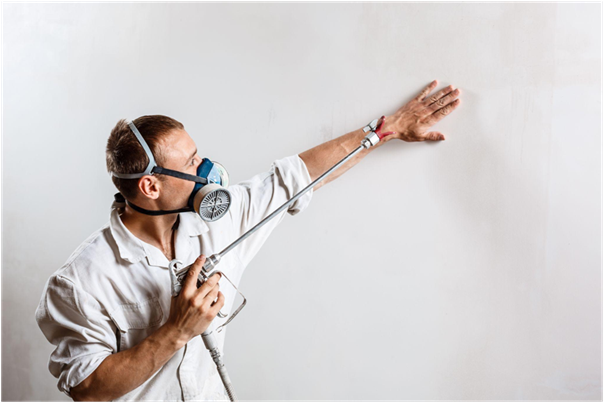Mould is a common yet serious issue that affects both homes and workplaces. It thrives in damp, humid environments, spreads quickly if left untreated, can damage property, and create health risks such as respiratory problems and allergies. This is why timely mould inspection is essential for identifying hidden growth and addressing the root cause before it escalates. For property owners, knowing when and why to seek professional help is key to protecting both health and assets.
What Is a Mould Inspection?
Mould inspection is the process of identifying areas affected by mould, assessing its severity, and detecting hidden growth that may not be immediately visible. Professionals use specialised tools such as moisture meters and air sampling equipment to determine the extent of contamination. This approach provides an accurate assessment, allowing property owners to take the proper steps for remediation.
Unlike a simple visual check, a proper inspection identifies the underlying sources of moisture that fuel mould growth. These may include leaking pipes, inadequate ventilation, or water intrusion from external sources. By pinpointing these problems, mould inspection ensures that any remediation is effective and long-lasting rather than a temporary fix.
When Should You Consider a Mould Inspection?
Several situations call for professional inspection services. If you notice persistent damp smells, discoloured patches on walls, or recurring allergies among occupants, it may indicate the presence of hidden mould. Properties that have recently experienced water damage, such as leaks or flooding, are also at higher risk of contamination and require thorough checks.
Regular inspections are beneficial in commercial spaces, where businesses must ensure safe working conditions for employees, as mould can affect air quality and cause health issues. In these cases, inspections form the first step before commercial mould remediation, which is necessary to maintain compliance with workplace safety standards.
Why Mould Inspection Matters
Conducting a mould inspection helps prevent structural damage and costly repairs. Mould feeds on organic building materials such as wood, drywall, and fabrics, weakening them over time. Early detection allows for prompt mould removal in Singapore, saving property owners from extensive restoration, as the longer the mould spreads, the harder and more expensive it becomes to remove.
Health protection is another critical reason. Exposure to mould spores can trigger asthma, sinus problems, and skin irritation, where children, the elderly, and those with weakened immune systems are especially vulnerable. By identifying hidden mould, inspections reduce these risks and provide a healthier living or working environment.
What Happens After a Mould Inspection?
Once inspection is complete, professionals will recommend the next steps based on findings. These often include mould removal in Singapore, which involves cleaning contaminated surfaces and applying treatments that prevent regrowth. In cases where mould contamination is extensive, more comprehensive commercial mould remediation may be necessary. This process involves containment, specialised cleaning, and in some cases, replacing damaged materials.
Property owners also receive advice on preventive measures. These may include improving ventilation, repairing leaks, and reducing humidity levels indoors. Addressing the root causes ensures that mould does not return, giving occupants peace of mind that the issue has been resolved effectively.
Key Steps in the Remediation Process
Professional mould remediation begins with a thorough assessment of inspection results to determine the scale of contamination. Specialists then contain affected areas to prevent spores from spreading, ensuring that the removal process does not worsen the problem. This is followed by cleaning using specialised equipment and treatments designed to eliminate mould effectively, even in hidden spaces that are difficult to reach.
Once the cleaning is complete, damaged materials are either repaired or replaced to restore the property’s structural integrity. Preventive measures, such as improving ventilation and reducing humidity, are then implemented to minimise the risk of mould returning. These steps show why professional expertise is essential, as DIY cleaning often only removes surface mould while leaving behind hidden contamination and underlying causes.
Conclusion
Mould inspection is a proactive step that protects property and health by identifying problems early and ensuring effective treatment. From routine checks to post-damage assessments, inspections pave the way for safe mould removal in Singapore and, when necessary, comprehensive commercial mould remediation. By addressing issues before they worsen, property owners can save costs, maintain safe environments, and ensure long-term protection.
Safeguard your property with expert solutions. Contact Mouldgone today for professional mould inspection and remediation services.


